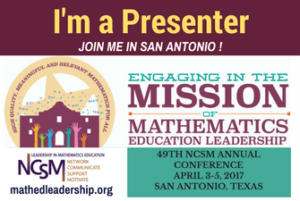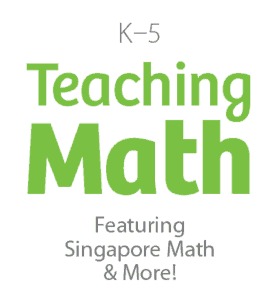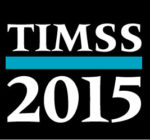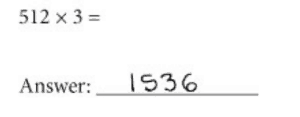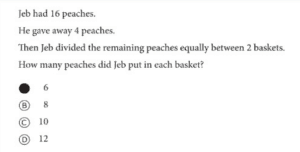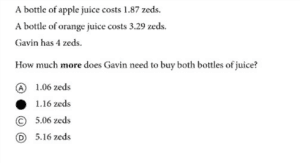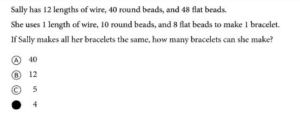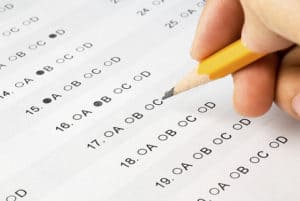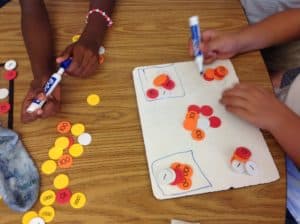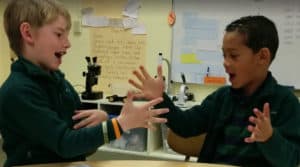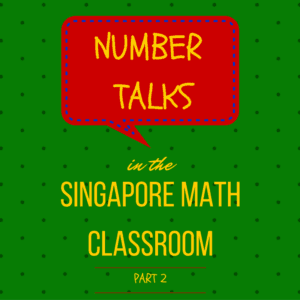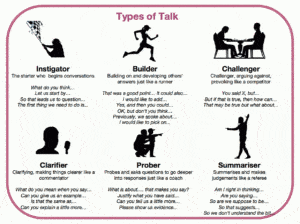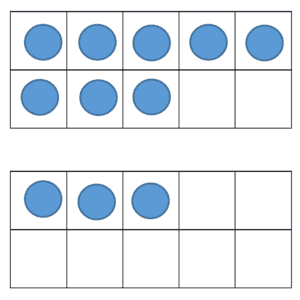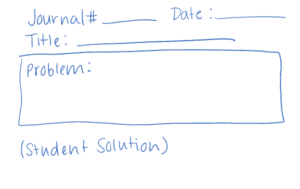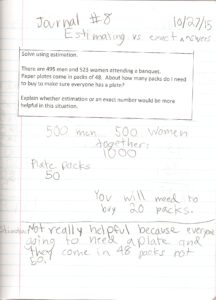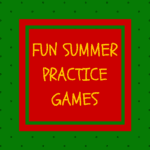 Congratulations! You are in the final stretch of the school year. Teachers, students, and parents are feeling excited about the carefree summer months ahead and potentially anxious about keeping students’ math skills fresh.
Congratulations! You are in the final stretch of the school year. Teachers, students, and parents are feeling excited about the carefree summer months ahead and potentially anxious about keeping students’ math skills fresh.
You will inevitably receive inquiries from parents asking how they can help their children over break.
When given the choice, rarely will a child choose to do paper-pencil workbook work over playing a game. These student-approved games require minimal materials and are easy to play at home. They promote number sense and fluency and, as an added bonus, kids love to play them!
What should students practice?
Following is a list of skills to practice for Kindergarten through 3rd grade. Because the skills build, a student should practice the skills from the grade level just completed and the grade level below. Students in 4th grade and above would also benefit from practicing all the skills listed.
- Kindergarten: Number combinations to make 10
- First Grade: Recall from memory addition and subtraction within 20, addition and subtraction within and up to 100 using mental math strategies.
- Second Grade: Recall from memory multiplication and division facts for 2, 3, 4, 5 and 10.
- Third Grade: Recall from memory multiplication and division facts for 6, 7, 8 and 9, 2-digit by 1-digit multiplication, division of a 2-digit number by a 1-digit number
What should parents have on hand to make math fun over the summer?
All you need to play the games below is a deck of cards! (Dice are good, too.)
What could students play?
Here are three of our favorite games. All can be adapted to practice across grade levels.
Rock-Paper-Scissors-Math!
Number of players: 2 (more for a challenge)
Materials: None
Play:
This game resembles Rock-Paper-Scissors. When players say “Math!” each shoots out 1-5 fingers on one hand. The first player to find the sum of both
their fingers and their partner’s fingers wins the round. For example, I shoot out 3 fingers and my partner shoots out 5 fingers. The first to say 8 wins.
Variations:
- Use both hands to add up to 20
- Use one hand and multiply the fingers for facts up to 5 x 5. For example, I shoot out 3 fingers and my partner shoots out 5 fingers. The first to say 15 wins.
- Use 2 hands and multiply for facts up to 10 x 10.
- Play with more players to add or multiply multiple numbers for a challenge
Salute!
Number of players: 3 (more for a challenge)
Materials: Deck of cards with face cards removed, ace is 1
Play:
Split the deck in half and give each pile to 2 of the players. The third player is the Caller. When the Caller says, “Salute!” the players each flip a card from their pile and place it on their forehead to salute each other. Each player can see the others card, but not their own. The Caller tells them the sum of the 2 players cards. The first player to tell the number of their own card wins the round. Players can switch jobs after each round or when the pile of cards is depleted.
Variations:
- The Caller tells the product of the 2 players cards.
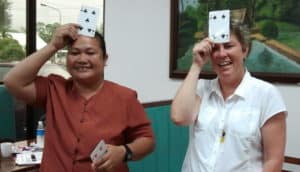
- With 4 players (one Caller and 3 players) students can practice sums or products of 3 numbers.
- Need more challenge? In the picture, the Caller has squared our numbers before adding them together and Melanie and Cassy are trying to find their own number.
Greatest Sum!
Players: 2 or more
Material: Deck of cards with face cards and 10 removed, ace is 1
Play:
This game is played like the card game of War. Shuffle the deck and place it in the center. Each player chooses 2 cards off the top of the deck and finds the sum of their cards. The player with the greatest sum wins the cards for the round. Play continues until the deck is depleted or until time is called. This game is great for practicing mental math strategies, but can also be used to practice traditional algorithms with paper and pencil (see the variations).
Variations:
- Players choose 2 cards and find the difference. The player with the smallest difference wins.
- Players choose 2 cards and find the product. Greatest product wins.
- Each player chooses 3 cards and creates a 2-digit and a 1-digit number and finds the sum or difference. The player with the greatest sum or least difference is the winner.
- Each player chooses 3 cards and creates a 2-digit and a 1-digit number and finds the product. The player with the greatest product is the winner.
- Each player chooses 3 cards and creates a 2-digit and a 1-digit number and finds the quotient and remainder when the 2-digit number is divided by the 1-digit number. The player with the greatest remainder wins.
- Each player chooses 4 cards and creates two 2-digit numbers and finds the sum or difference. The player with the greatest sum or least difference in the winner.
Adding the element of competition to practicing basic facts makes it more fun for all. Let us know if you have a favorite game you’d like to share.
Looking for more ideas? See: “Summer Math” Suggestions to Boost Student Understanding”


